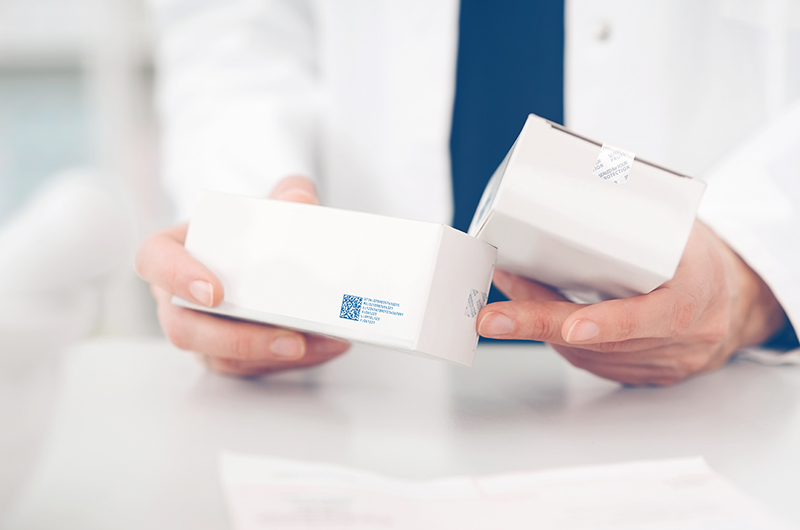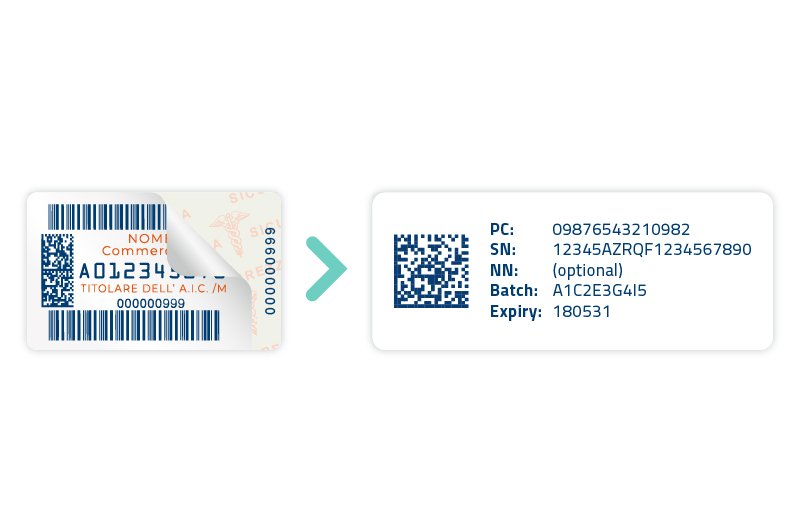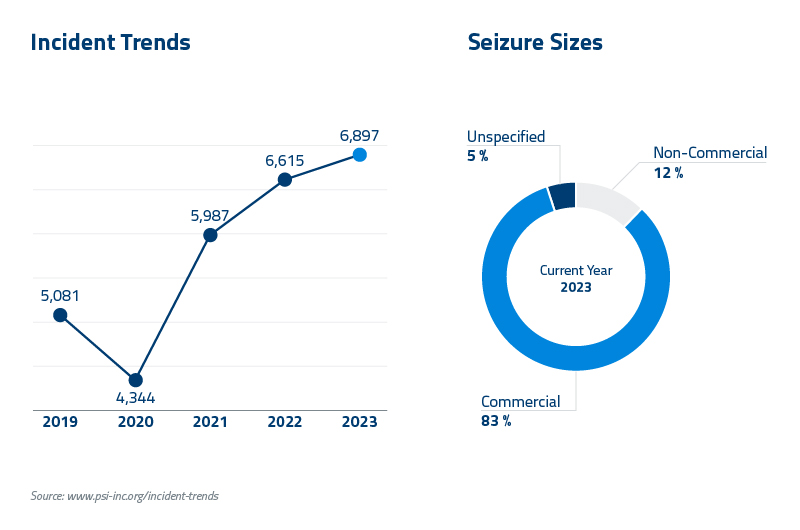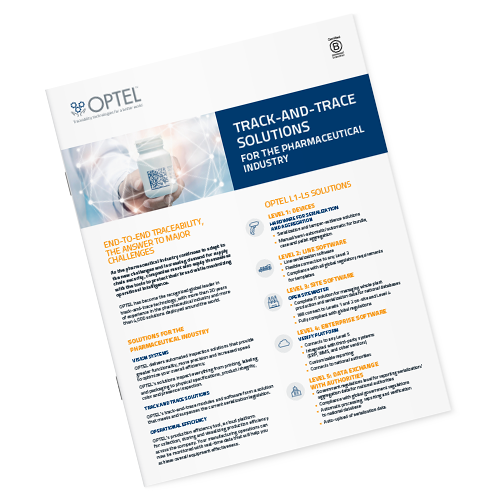
A two-year stabilization period has been announced recently making the new deadline to February 8th, 2027.
Penalties for failing to affix and activate the Datamatrix, anti-tampering device (ATD), and security-featured support (carta valori) on batches marketed after February 9th, 2025, will not be enforced until the end of the stabilization period on February 8th, 2027
By February 2027 Italy will join other European Union member states in fully complying with the EU Falsified Medicines Directive (EU FMD). This key development marks a shift in Italy’s pharmaceutical supply chain regulation as the country prepares to replace its traditional Bollino method with the EU FMD.
WHAT WAS ITALY’S BOLLINO SYSTEM?
The Bollino system has long served as Italy’s national solution for ensuring the authenticity and traceability of pharmaceutical products. Managed by the Italian Medicines Agency (AIFA) requires that an optical, tamper-evident label—known as “Bollino”—be affixed to every medicinal product package. It includes words and barcodes to describe important traceability information, including the name of the product, pack size, Marketing Authorization number (MA), which is a unique identifier issued by a regulatory body, and Marketing Authorization Holder name (MAH), the name of the organization or manufacturer that holds the MA and is responsible for legal compliance, production, distribution and surveillance when out in the market. Since its inception in the 90s, the Bollino system contributed to mitigating the risk of counterfeit and falsified drugs by allowing pharmaceutical products to be tracked and traced throughout Italy’s pharmaceutical supply chain supply chain.

WHAT IS THE EU FMD?
Worldwide, pharmaceutical crime is on the rise, and Europe is no exception; the proliferation of falsified medicines and counterfeit medicines drove the European Union (EU) to develop the FMD to fight pharmaceutical crime and improve the supervision of legal medicinal supply chains destined for human use. The Directive was adopted in 2011.
The Directive’s Delegated Regulation (EU) 2016/161 stipulates that all prescription medicinal products and several over-the-counter drugs at a high risk for falsification or counterfeiting must display safety features on the packaging:
- A unique identifier in the form of a 2D data matrix, which will also be stored in a central database
- An anti-tampering device to protect the integrity of the packaging
Pharmaceutical companies also have to report data to the European Hub.
The EU FMD came into force in February 2019. Nevertheless, Italy, Greece and Belgium were given a six-year exemption due to the fact they already had established systems for tracking and tracing medicinal products. Switzerland, although not part of the EU, decided to voluntarily comply with the EU FMD.

WHY IS ITALY MAKING THE SWITCH TO THE EU FMD?
Though effective on a national level, Bollino operated in isolation from broader efforts to harmonize medicine traceability across the EU. With the EU’s standardized framework, Italy has to align its practices with the EU FMD.
From Bollino to EU FMD: The impact of compliance
The transition from Bollino to the EU FMD will mandate Italian pharmaceutical companies to adopt new processes that comply with the Directive’s requirements. For Italy, this will mean significant changes in how products are packaged, tracked, and verified.
Italian drug manufacturers must invest in new systems to generate the unique identifiers and update their anti-tampering devices to meet the EU FMD’s Delegated Regulation. The integration of supply chain traceability software to support serialization and digital verification will also be key.
Operational adjustments will inevitably occur as stakeholders across Italy’s pharmaceutical supply chain—from manufacturers to distributors and pharmacies—adapt to the new standards. For example, all facilities that dispense medication to patients are subject to the EU FMD. Before dispensing medicines covered by the regulation to a patient, pharmacists or dispensing doctors are obligated to scan and verify the 2D data matrix code using the National Medicines Verification System (NIHS) of the respective country. Once confirmed as authentic, the medicines are decommissioned, indicating their removal from the supply chain. Pharmacists and doctors are expected to ensure that the anti-tampering device is intact.
Though this transition represents a challenge for many businesses, it also provides an opportunity to improve the security and efficiency of pharmaceutical distribution across Italy. The EU FMD’s harmonized system will enhance patient safety by reducing the risk of falsified and counterfeit medicines entering the supply chain and boosting greater collaboration between EU countries to fight pharmaceutical crime.

EXPLORE OUR TECHNICAL EXPERTISE
FULL-STACK TRACK-AND-TRACE SOLUTIONSRelated Solutions

Vision Systems
Discover OPTEL’s unmatched Vision Systems with AI capabilities. Our Visions Systems can inspect any product with high accuracy to ensure product safety and quality.

Serialization
Serialization is the first step in the traceability journey

Aggregation
Aggregation takes you beyond unit-level traceability to see the whole picture

VerifyBrand™ for the Pharmaceutical Industry
VerifyBrand™ is an essential tool to comply with most of the world’s pharmaceutical regulations
